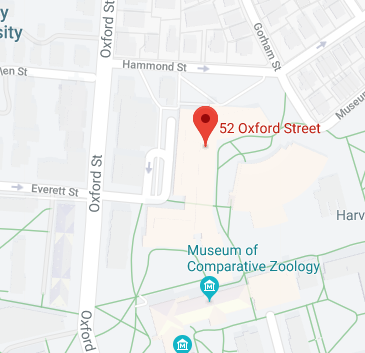Date:
Thursday, October 13, 2016, 12:30pm
Location:
60 Garden Street, Pratt Conference Room
Abstract:
The most obvious method of studying extrasolar planets - directly imaging them alongside their parent star - is also the most difficult. Image contrasts exceeding a billion to one, at subarcsecond separations, are required to detect an analog of our solar system in reflected starlight. Following the charge of the Astro2010 decadal survey, the NASA Exoplanet Exploration Program (ExEP) is tasked with developing the technology and precursor science needed to realize the goals of directly imaging Earth analogs and characterizing their atmospheres for habitability and the presence of life. In this talk, I will review the history of efforts to image extrasolar planets; the methods that can be used, and technical challenges that must be met to image and characterize Earth analogs; and report on how ExEP and the broader community are working to make a "New Worlds" space telescope mission ready to start in the 2020s. In partnership with Cosmic Origins science, such a telescope could have broad impacts on both astrophysics and the public at large.

